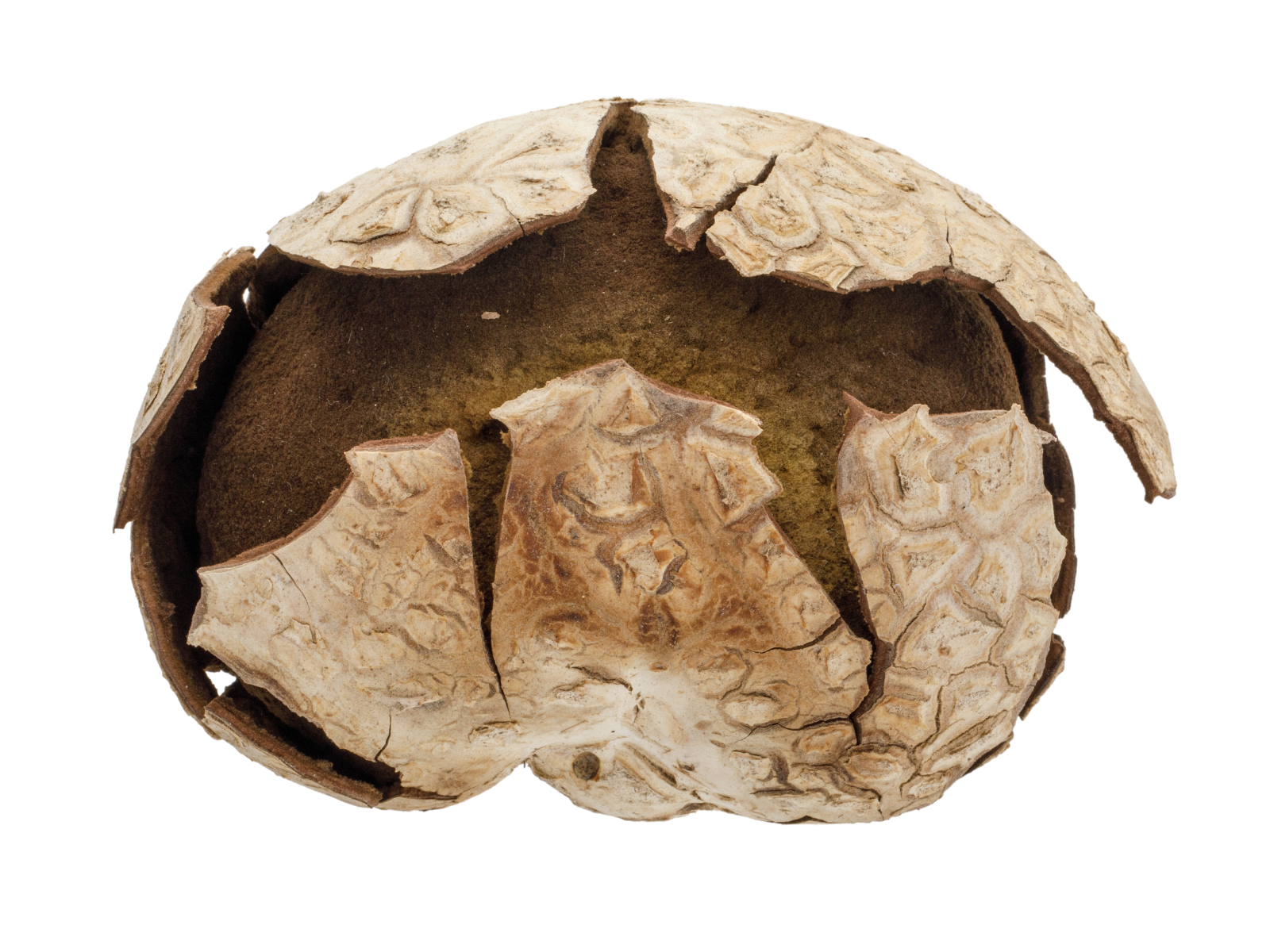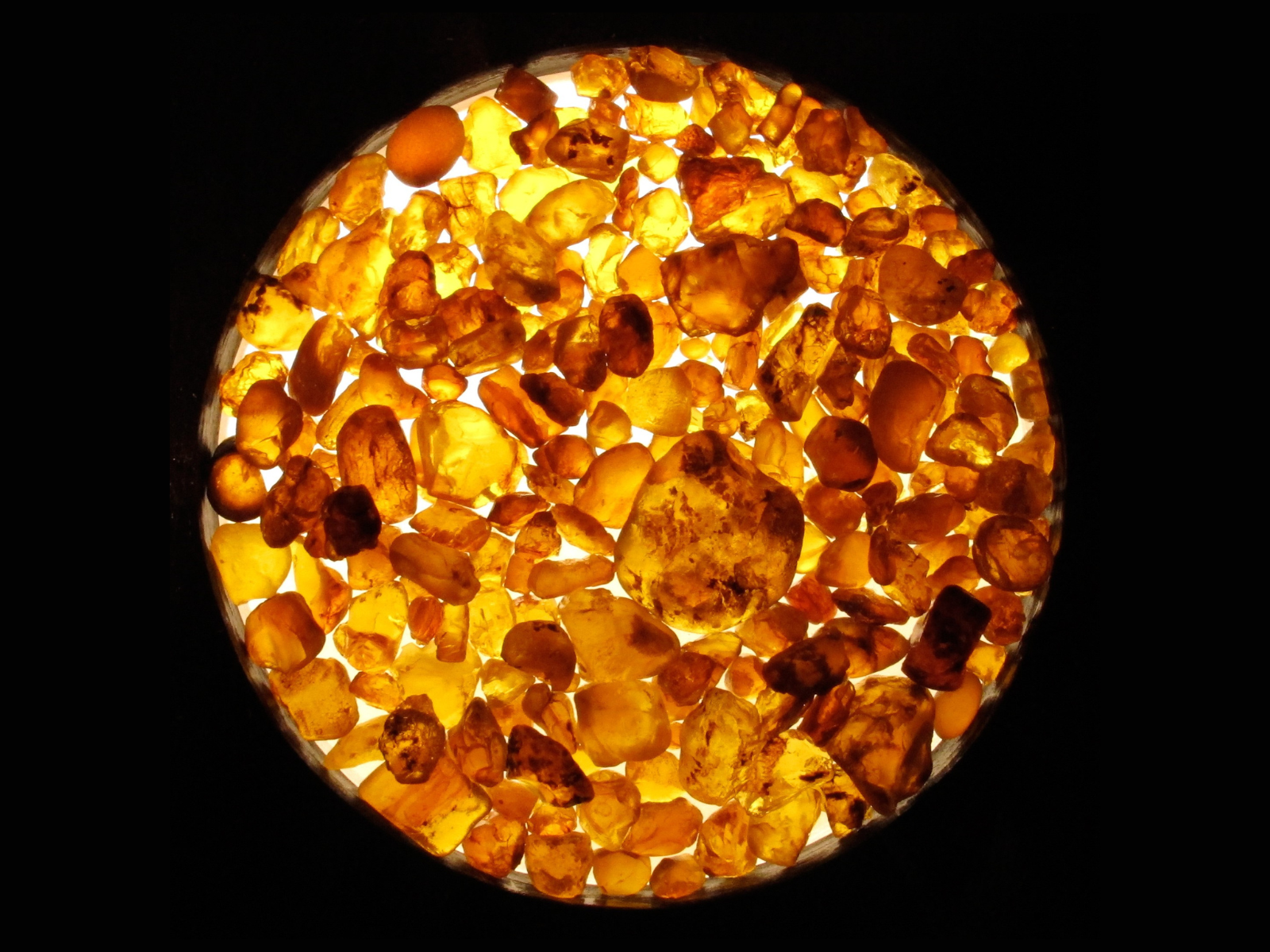As seen in our Ancient Seas exhibit, 450 million years ago Churchill, Manitoba looked a little different! Learn about the ancient tropical sea in this video with Curator of Geology and Paleontology, Dr. Graham Young.
Do you know how roller coasters work?
Learn about the physics behind roller coasters while having fun with water in this experiment with Science Communicator Adriana! Try it yourself at home. Can you keep the water from spilling?
Did you know about the childhood of Sonia Eckhardt-Gramatté?
Learn about the fascinating childhood of musician and composer Sonia Eckhardt-Gramatté in this video with Collections Technician of Human History, Cortney.
Do you know how to identify bones?
Join Collections Technician of Natural History, Aro, as she tells us about the osteology collection and how it can help researchers identify bones!
Did you know that puffballs are mushrooms that produce millions of spores?
When a puffball is ripe, the outer portion cracks open, revealing the brown, dust-like spores inside. Wind blows these spores away to new habitats where they grow into new fungi. The Museum has three specimens of Giant Puffballs (Calvatia booniana) on display in the Prairies Gallery.
Learn more about the travelling plants of the prairies in her blog Travelling Plants of the Prairies by Curator of Botany, Dr. Diana Bizecki Robson.

Western Giant Puffball (Calvatia booniana). Manitoba Museum, MY-361 © Ian McCausland
Did you know that some animals glow under UV light?
Did you know that Manitoba’s flying squirrels glow in the dark? Learn more in this video with Curator of Zoology, Dr. Randy Mooi.
An Introduction to the Eckhardt-Gramatté Collection
Have you heard of Walter Gramatté, Sonia Eckhardt-Gramatté, and Ferdinand Eckhardt? Learn a bit about them in this intro to the Eckhardt-Gramatté Collection with Collections Technician of Human History, Cortney.
How do diapers work? At-home science experiment!
Have you ever wondered how diapers work? Walk through this science experiment with Science Communicator Adriana to find out!
Fossils Found in Amber
Amber found at Cedar Lake, Manitoba, is famous as a source of fossil insects of Late Cretaceous age (about 78-79 million years old). Strangely, this amber originated far from Manitoba!
Amber, a fossil tree resin, has long been prized as a gem, and it provides immense evidence about the ancient world. Most amber comes from softwood trees, which produce abundant resin as protection from wood beetles; the sticky resin captures insects and other small creatures.

Cedar Lake amber came from trees that grew near what is now Medicine Hat, Alberta, on a warm floodplain inhabited by dinosaurs! Amber is very light and is easily transported. The amber now at Cedar Lake was eroded from sedimentary rock, and transported by the Saskatchewan River. It was deposited where the flow of the river slowed: at Cedar Lake, where it is incorporated into beaches. This material, found in Manitoba, tells us about insects that lived 1000 km away!
Learn more in the Earth History Gallery.
Did you know that the Nonsuch has a trapdoor?
Did you know that the Nonsuch has a trapdoor? Join Learning & Engagement Producer Erin in the hold to learn more!


